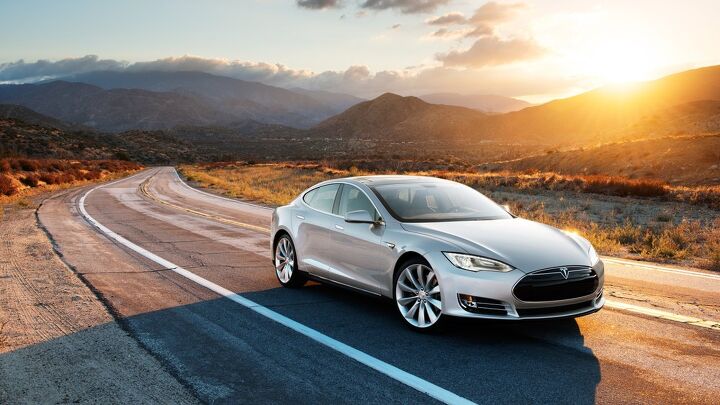Debunking EV Range Anxiety: Do EVs Meet Daily Driving Needs?
One of the prevalent myths surrounding electric vehicles (EVs) is that they lack the necessary range to meet daily travel needs. However, evidence suggests that the range of electric vehicles aligns well with the daily mileage requirements of most U.S. households. On average, a household in the United States travels approximately 50 miles per day. Interestingly, about 85 percent of households travel less than 100 miles on a typical day, a distance well within the capabilities of current EV models. The majority of these vehicles can travel over 200 miles on a fully charged battery, ensuring that nearly all new models can cover more than 100 miles without needing a recharge. Additionally, automakers are continually working to introduce new models with even longer ranges, promising further improvements to meet consumer needs.
Tools for Range Estimation
For those considering an electric vehicle, the "Find A Car" feature on the website www.fueleconomy.gov provides valuable insights. By selecting a vehicle of interest, users can view the "EPA Fuel Economy" information, which includes range estimates specific to each EV model. This tool can be particularly useful for individuals looking to understand the performance of various EVs in terms of distance coverage.
Impact of Driving Conditions on Range
It's important to note that an electric vehicle's range can be influenced by how it is driven and the conditions under which it operates. Factors such as weather conditions, including both hot and cold temperatures, can affect the vehicle's efficiency. Research indicates that in cold temperatures, particularly when heating is used, an EV's range could decrease by an average of 40 percent. This underscores the importance of considering environmental factors and driving habits when evaluating an EV's range capabilities.
This article was co-written using AI and was then heavily edited and optimized by our editorial team.
More by TTAC Staff
Latest Car Reviews
Read moreLatest Product Reviews
Read moreRecent Comments
- Rover Sig 2021 Jeep Grand Cherokee Limited, like my previous JGC's cheap to keep (essentially just oil, tires) until recent episode of clunking in front suspension at 50K miles led to $3000 of parts replaced over fives visits to two Jeep dealers which finally bought a quiet front end. Most expensive repair on any vehicle I've owned in the last 56 years.
- Bob Hey Tassos, have you seen it with top down. It's a permanent roll bar so if it flips no problem. It's the only car with one permanently there. So shoots down your issue. I had a 1998 for 10 years it was perfect, but yes slow. Hardly ever see any of them anymore.
- 3-On-The-Tree 2007 Toyota Sienna bedsides new plugs, flat tire on I-10 in van Horn Tx on the way to Fort Huachuca.2021 Tundra Crewmax no issues2021 Rav 4 no issues2010 Corolla I put in a alternator in Mar1985 Toyota Land Cruiser FJ60 280,000mi I put in a new radiator back in 08 before I deployed, did a valve job, new fuel and oil pump. Leaky rear main seal, transmission, transfer case. Rebuild carb twice, had a recall on the gas tank surprisingly in 2010 at 25 years later.2014 Ford F159 Ecoboost 3.5L by 80,000mi went through both turbos, driver side leaking, passenger side completely replaced. Rear min seal leak once at 50,000 second at 80,000. And last was a timing chain cover leak.2009 C6 Corvette LS3 Base, I put in a new radiator in 2021.
- ChristianWimmer 2018 Mercedes A250 AMG Line (W177) - no issues or unscheduled dealer visits. Regular maintenance at the dealer once a year costs between 400,- Euros (standard service) to 1200,- Euros (major service, new spark plugs, brake pads + TÜV). Had one recall where they had to fix an A/C hose which might become loose. Great car and fun to drive and very economical but also fast. Recently gave it an “Italian tune up” on the Autobahn.
- Bd2 Lexus is just a higher trim package Toyota. ^^


































Comments
Join the conversation